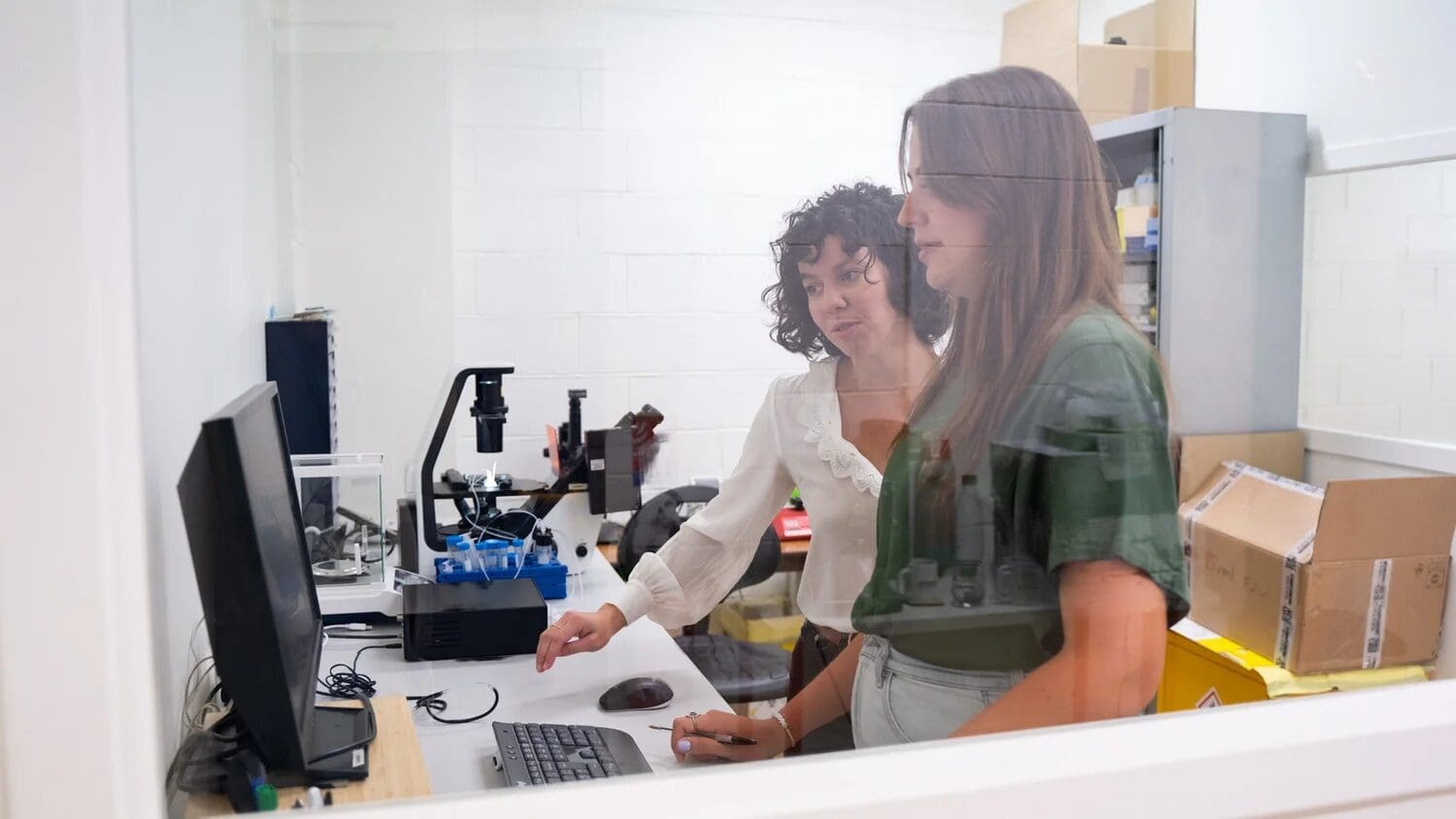Definition of Electrowetting in Microfluidics
Electrowetting microfluidics is a specialized field within the broader discipline of microfluidics, focusing on the manipulation of tiny droplets of liquid using electrical fields. This technology has a wide range of applications, from biomedical research to electronic displays.
Understanding Electrowetting Microfluidics
Electrowetting occurs when an electric field is applied to a liquid droplet resting on a solid substrate altering the droplet’s wetting properties. This change causes the droplet to either spread out or contract, enabling precise control over its shape and position, which is the basis of electrowetting microfluidics.
The electrowetting effect is governed by the Young-Lippmann equation, which links the contact angle (angle at which the liquid-vapor interface meets the solid-liquid interface) of the droplet with the applied voltage, and the properties of both the liquid and the substrate. Understanding this equation is essential for designing effective electrowetting devices.
Principles of Electrowetting
The core principle of electrowetting is that an electric field can modify the surface tension of a liquid doplet, and hence its contact angle with the substrate. When an electric field is applied, the contact angle decreases, causing the droplet to spread out.
The magnitude of the electrowetting effect depends on several factors, including the properties of the liquid and the substrate, the applied voltage, and the thickness and dielectric constant of the insulating layer between the liquid and the substrate.
Applications of Electrowetting
Electrowetting is highly valuable in microfluidics, particularly for digital microfluidic devices that manipulate tiny droplets to control chemical reactions and biological assays. Additionally, electrowetting is utilized in electrowetting displays, which offer bright, energy-efficient, and flexible alternatives to traditional displays.
In biomedical research, electrowetting microfluidics is pivotal for lab-on-a-chip technology, facilitating high-throughput screening, point-of-care testing, and personalized medicine. Other fields, such as micropropulsion, microthermal technologies, and inkjet printing, also benefit from this technology.
In electronics, electrowetting microfluidics advances digital microfluidic devices, like electrowetting displays. These displays manipulate tiny liquid droplets on a substrate, resulting in brighter, more energy-efficient, and flexible screens compared to conventional displays.
Advantages and Challenges of Electrowetting Microfluidics
Electrowetting microfluidics offers several advantages over traditional microfluidic technologies, as it allows for precise control of liquid droplets and for the development of compact, lightweight, and energy-efficient digital microfluidic devices.
However, electrowetting microfluidics also faces several challenges, particularly the requirement for high voltages to achieve significant electrowetting effects. This can be problematic in applications where power consumption is critical. Additionally, maintaining precise control over liquid and substrate properties, as well as applied voltage, is complex and demands sophisticated techniques.
To address these challenges, researchers are exploring new materials and methods to reduce the voltage needed for electrowetting. They are also enhancing the precision and reliability of control systems in electrowetting devices.
Conclusion
Despite its challenges, electrowetting microfluidics holds great promise for a variety of applications. Continued research and development are likely to expand its use, making it an increasingly integral technology in fields ranging from biomedical research to electronics.
